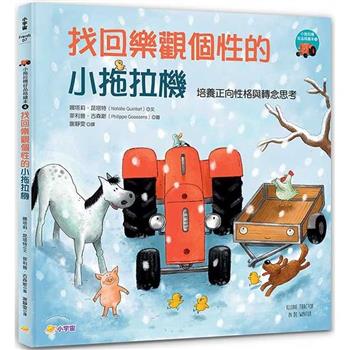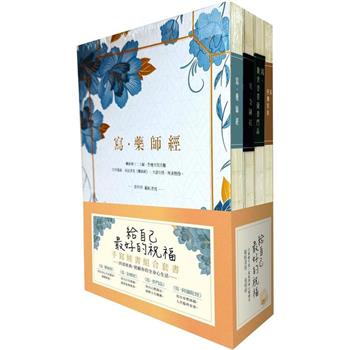As the title suggests, this paper focuses on an issue that is as present as it is sensitive: it refers to the importance of play-sports activities as a teaching methodology to promote greater inclusion and learning for children with autism spectrum disorder.It is usually recognized that learning strategies are multidimensional and that their greater or lesser effectiveness depends, in most cases, on the context in which they are applied. The effect of these strategies is influenced by the way the teacher adapts and applies the method according to the case before him or her.Certainly, new strategies must be sought or even dated and perhaps abandoned methods must be exhumed: the important thing, net of discourse, is to ensure greater inclusion as well as a smoother and more serene life for these students. In this sense, "play" (even better if self-managed), can be a valuable support.
| FindBook |
有 1 項符合
Autism and play-sport activities的圖書 |
 |
Autism and play-sport activities 作者:Giordano 出版社:Our Knowledge Publishing 出版日期:2024-06-27 語言:英文 規格:平裝 / 52頁 / 22.86 x 15.24 x 0.3 cm / 普通級/ 初版 |
| 圖書館借閱 |
| 國家圖書館 | 全國圖書書目資訊網 | 國立公共資訊圖書館 | 電子書服務平台 | MetaCat 跨館整合查詢 |
| 臺北市立圖書館 | 新北市立圖書館 | 基隆市公共圖書館 | 桃園市立圖書館 | 新竹縣公共圖書館 |
| 苗栗縣立圖書館 | 臺中市立圖書館 | 彰化縣公共圖書館 | 南投縣文化局 | 雲林縣公共圖書館 |
| 嘉義縣圖書館 | 臺南市立圖書館 | 高雄市立圖書館 | 屏東縣公共圖書館 | 宜蘭縣公共圖書館 |
| 花蓮縣文化局 | 臺東縣文化處 |
|
|
圖書介紹 - 資料來源:博客來 評分:
圖書名稱:Autism and play-sport activities
|











